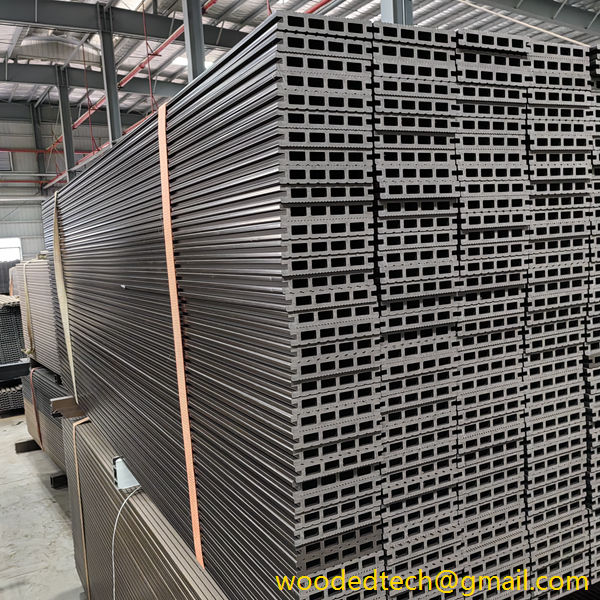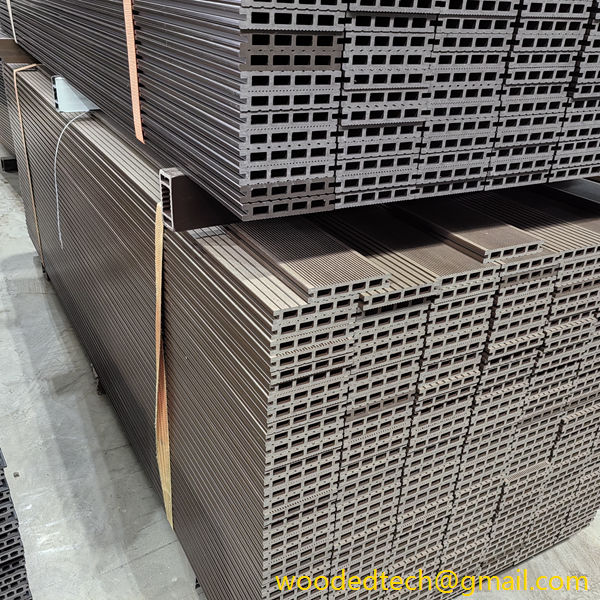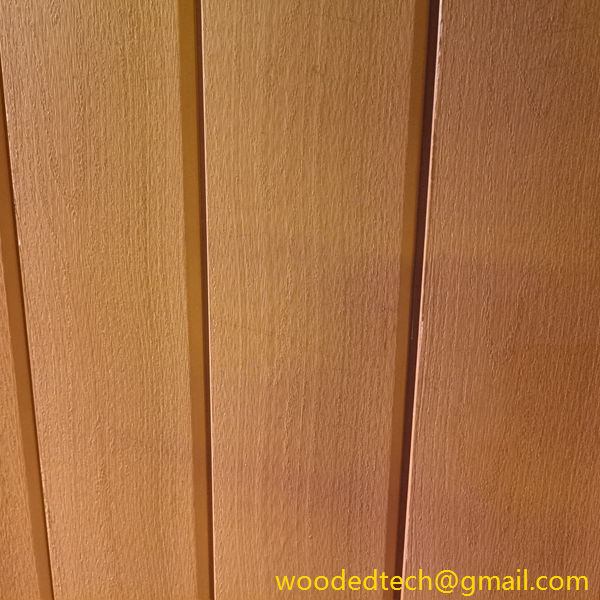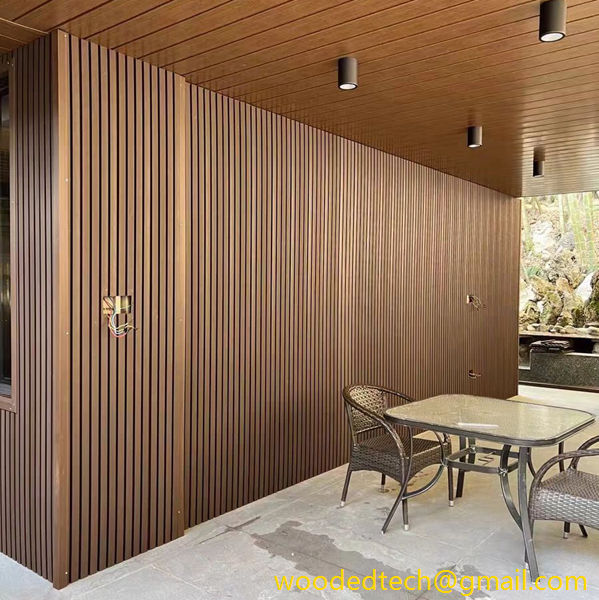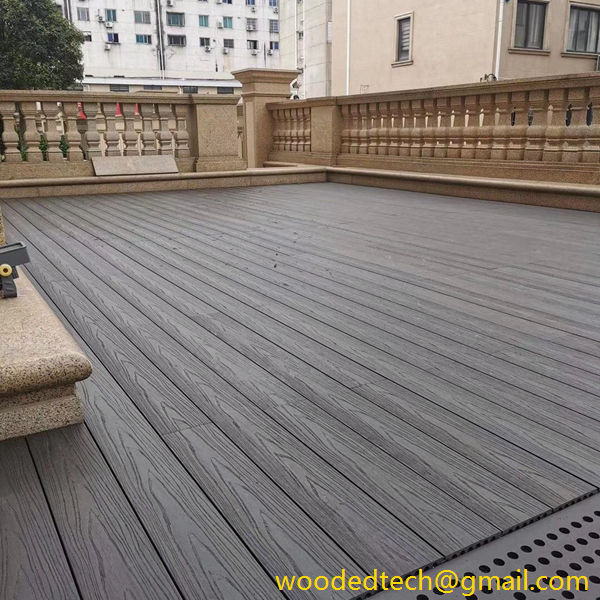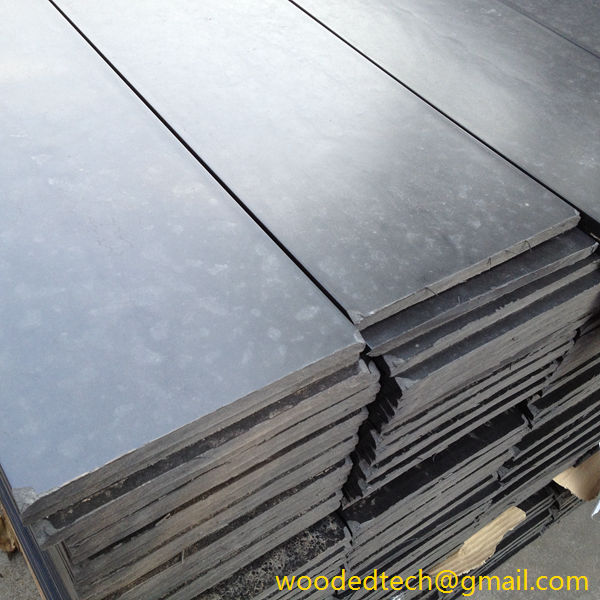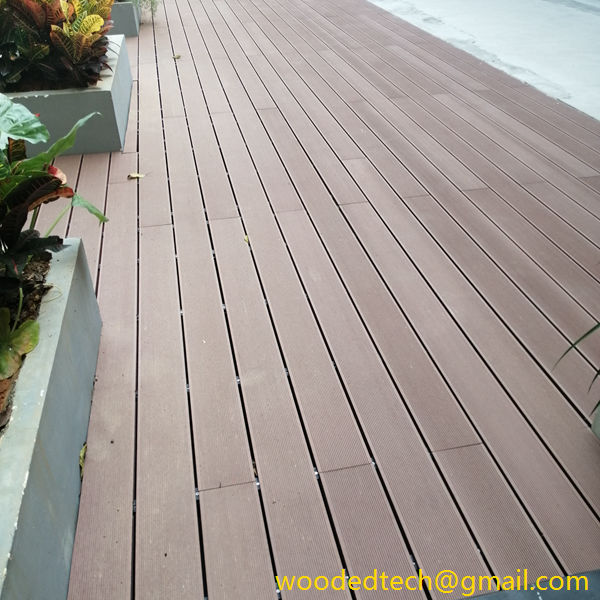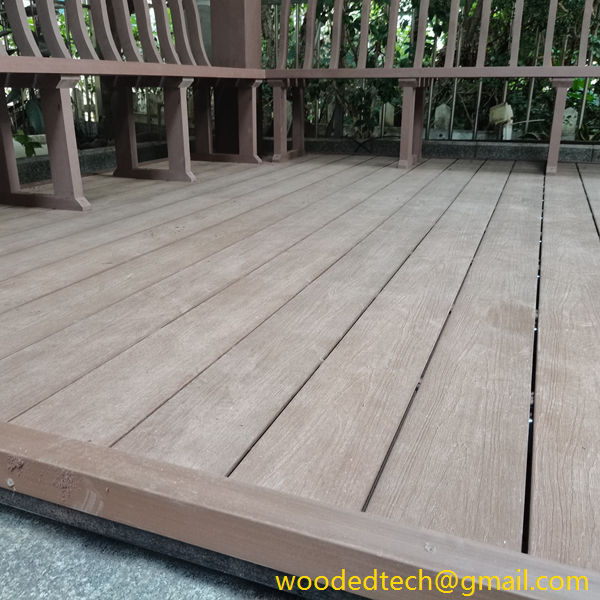Soorten WPC Vloeren: Ontdek de verschillende opties voor WPC vloeren
Soorten WPC vloeren: Ontdek de verschillende soorten WPC vloeren Hout kunststof composiet vloeren (WPC) zijn de laatste jaren erg populair geworden vanwege hun veelzijdigheid, duurzaamheid en esthetische aantrekkingskracht. Omdat consumenten steeds meer op zoek zijn naar vloeropties die de schoonheid van natuurlijk hout combineren met de veerkracht van synthetische materialen, zijn WPC vloeren...
Soorten WPC Vloeren: Ontdek de verschillende opties voor WPC vloeren
Wood Plastic Composite (WPC) flooring has gained significant popularity in recent years due to its versatility, durability, and aesthetic appeal. As consumers increasingly seek flooring options that combine the beauty of natural wood with the resilience of synthetic materials, WPC flooring has emerged as a leading choice. This article explores various types of WPC flooring, helping you discover the different options available in the market.
WPC flooring is primarily composed of a mixture of wood fibers and plastic, which can include recycled materials. This unique composition provides several advantages, including resistance to moisture, scratches, and fading. Additionally, WPC flooring often features a high-resolution printed surface that mimics the appearance of real wood, stone, or other natural materials, making it an attractive choice for residential and commercial applications.
One of the most common types of WPC flooring is the rigid core WPC. This type features a strong, dense core made from a combination of wood and plastic, providing stability and durability. Rigid core WPC is designed to withstand heavy foot traffic and is less likely to warp or dent compared to traditional laminate or hardwood flooring. This makes it an excellent choice for high-traffic areas such as living rooms, hallways, and commercial spaces. Rigid core WPC is also known for its ease of installation, often utilizing a click-lock mechanism that allows for straightforward, glue-free installation.
Another type of WPC flooring is the flexible core WPC. Unlike its rigid counterpart, flexible core WPC has a softer and more pliable structure, making it suitable for applications where a softer feel underfoot is desired. This type of flooring is often used in residential settings, particularly in areas where comfort is a priority, such as bedrooms and playrooms. Flexible core WPC can also help reduce noise transmission, making it a popular choice for multi-story buildings or apartments.
WPC vinyl flooring is another variant worth mentioning. This flooring type combines the characteristics of WPC with vinyl, resulting in a product that is incredibly versatile. WPC vinyl flooring is available in a wide range of designs, colors, and textures, allowing homeowners to choose a look that complements their interior design. This type of flooring is also highly resistant to water, making it an excellent choice for moisture-prone areas such as kitchens, bathrooms, and basements. Additionally, WPC vinyl flooring is easy to clean and maintain, further enhancing its appeal for busy families or commercial environments.
There is also luxury WPC flooring, which takes the concept of WPC to a higher level. Luxury WPC flooring typically features enhanced textures and finishes that provide a more realistic wood or stone appearance. This type of flooring often includes advanced technologies such as embossed-in-register, which allows the surface texture to align perfectly with the printed design, creating a more authentic look and feel. Luxury WPC flooring is ideal for homeowners who want to achieve a high-end aesthetic without sacrificing durability or ease of maintenance.
In addition to these types, WPC flooring is available in various thicknesses and wear layers. The thickness of the planks can affect both the feel and performance of the flooring. Thicker planks generally provide better sound insulation and can help create a more comfortable walking surface. The wear layer, often measured in mils, is a protective coating that enhances the durability of the flooring. A thicker wear layer offers greater resistance to scratches, stains, and fading, making it suitable for high-traffic areas.
Moreover, WPC flooring is available in different installation methods, including glue-down, floating, and nail-down options. The floating installation method is particularly popular due to its ease and speed of installation. This method allows the planks to be laid over an underlayment without any adhesive, making it a DIY-friendly option for many homeowners. In contrast, glue-down installation provides a more permanent solution, making it suitable for commercial applications where durability is paramount.
When choosing the right type of WPC flooring for your space, it is essential to consider factors such as the intended use, foot traffic, and aesthetic preferences. For instance, if you are looking for flooring for a busy commercial space, rigid core WPC with a thick wear layer may be the best choice. On the other hand, if you want a soft, comfortable feel for a bedroom, flexible core WPC could be ideal.
Lastly, environmental considerations are becoming increasingly important for consumers. Many WPC flooring manufacturers are now producing eco-friendly options using recycled materials and sustainable practices. When selecting WPC flooring, it is worthwhile to inquire about the product’s environmental impact and certifications, such as FloorScore or Greenguard, which indicate low emissions and sustainability.
In conclusion, WPC flooring offers a diverse range of options to suit various needs and preferences. From rigid core to luxury options, WPC flooring combines the beauty of natural materials with the durability of modern technology. By understanding the different types of WPC flooring available, you can make an informed decision that enhances your space while meeting your practical requirements. As the market continues to evolve, WPC flooring is likely to remain a popular choice for those seeking a stylish and resilient flooring solution.

